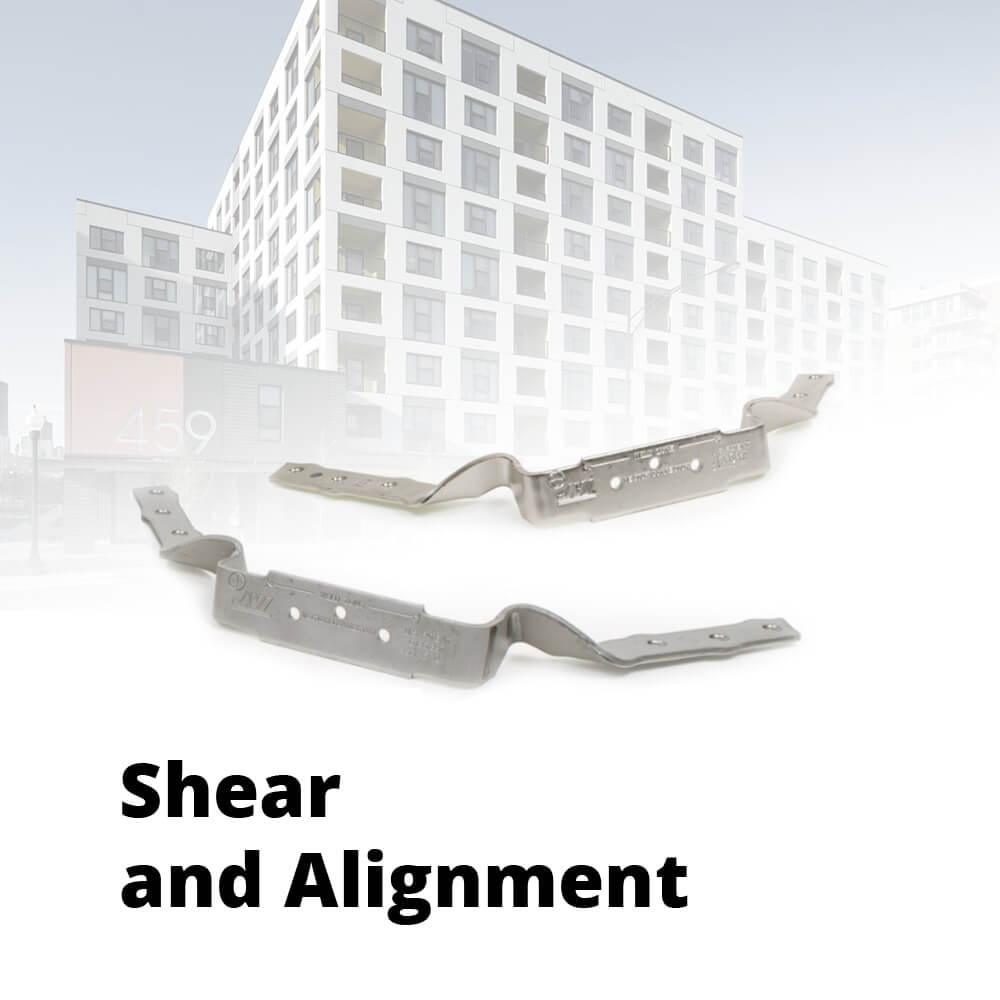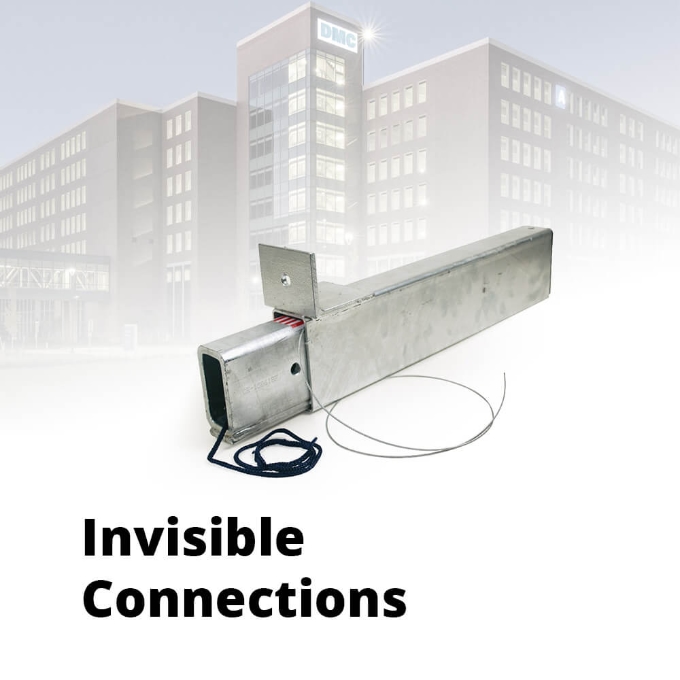
Safety First – Precast V Timber
Credit: Original article published here.
Safety is at the forefront of our thoughts these days – not just because of this new global crisis we’re all facing, but all of the normal, everyday dangers we face as a people: hurricanes, fires, tornados, floods, bombings, the list goes on. Fortunately, concrete construction is one of the safest ways to build in these trying times. Concrete products resist damage and destruction caused by both nature and fellow humans.

Wind
Hurricanes and tornadoes get a lot of attention – they’re big, unavoidable, and cause huge swaths of damage in their wakes. Their impact has a tremendous effect on the economy, and the typical reaction is to raise the basic wind speed used to design buildings. The problem with that solution, however, is that it’s not the wind speed that causes most of the damage, it’s windborne debris from substandard construction.
With components that include insulated walls, hollowcore plank, and double tee slabs, precast structures can withstand what Mother Nature throws at it – quite literally. Concrete products are not only good at protecting a building from flying debris, as well as the occupants inside, but they’re heavy enough that they won’t become missiles themselves. It is often used in FEMA shelters, residential, institutional, and other government and public structures that must provide protection and resiliency to the community they serve.

Water
In addition to damage caused by high winds, hurricanes in particular also bring the danger of water. Storm surges and massive amounts of rain can cause widespread flooding, which in turn can destroy homes and buildings. The normal water-shedding capabilities of exterior walls can be overcome by water that is forced into and around building materials, leaking to the interior and causing problems with mold later on. Timber frame buildings are havens for mold growth, as wood offers mold the vital food source it needs, while the inorganic composition of concrete ensures structures will not generate mold or mildew.

Fire
Not only can concrete structures stand up to high winds and water, but they also provide the best fire resistance of any building material out there. Concrete is inherently non-combustible – it neither burns nor supports combustion. Timber, on the other hand, is highly susceptible to fire damage. In addition, concrete maintains structural integrity much longer and better than other materials – it does not emit toxic gases or smoke, and does not melt or drip molten particles when exposed to high heats.
Megan Nesius
Marketing Coordinator





